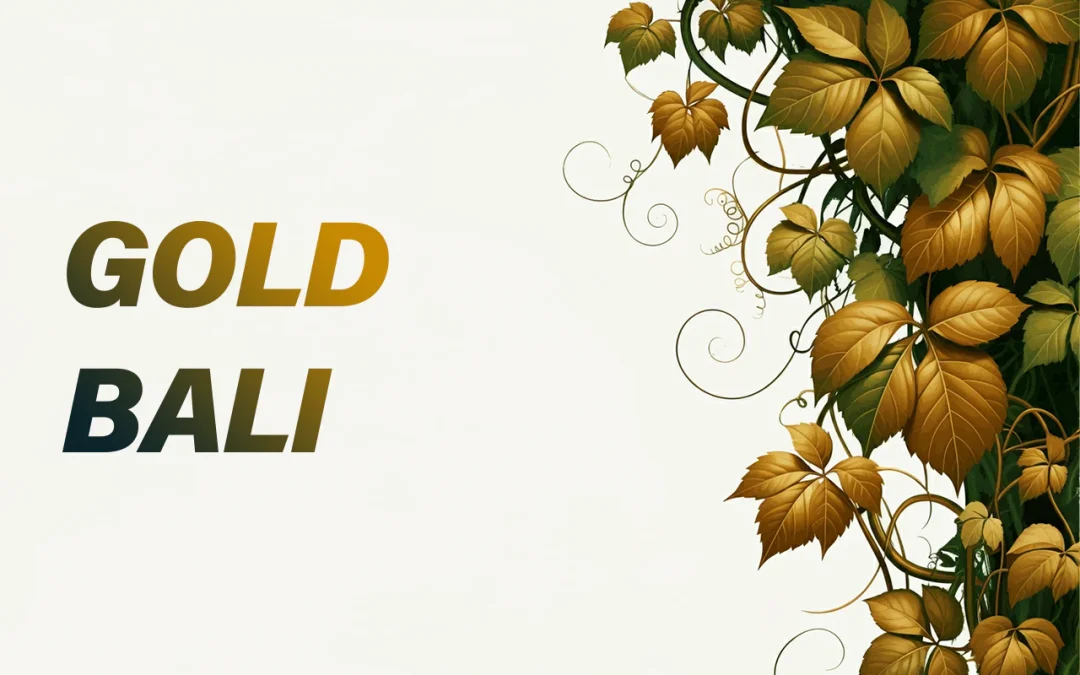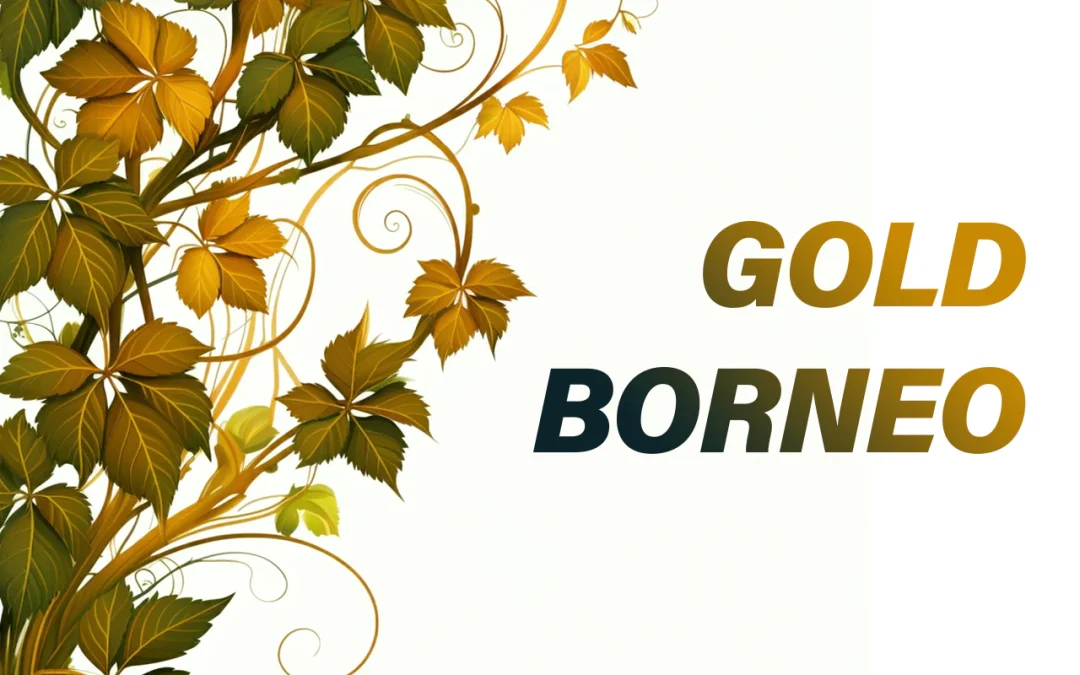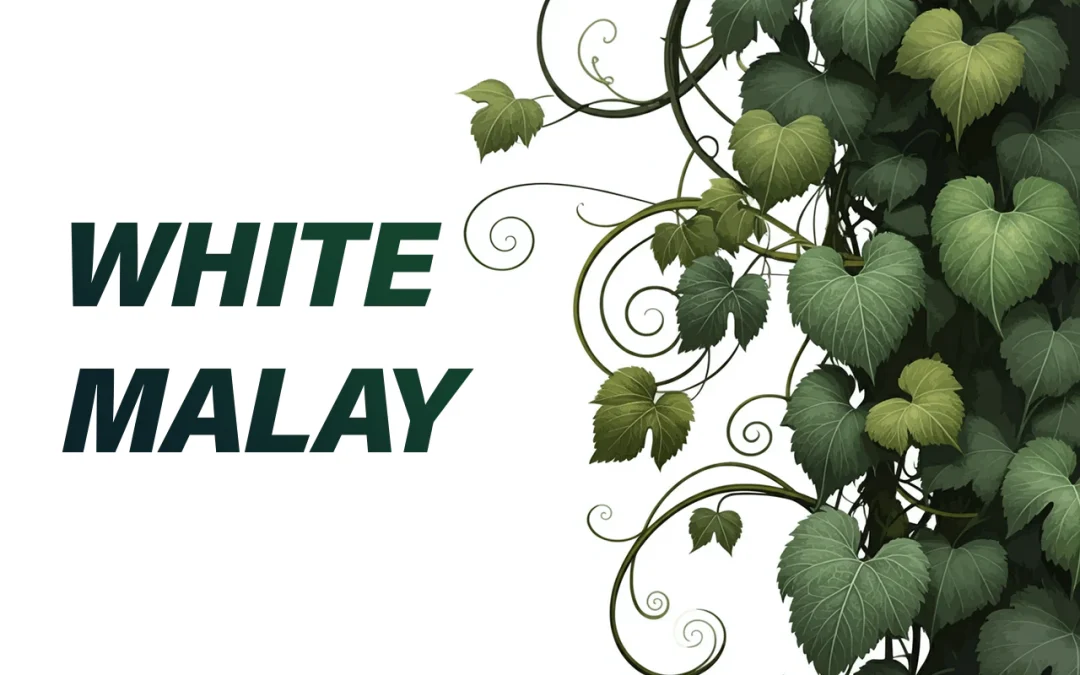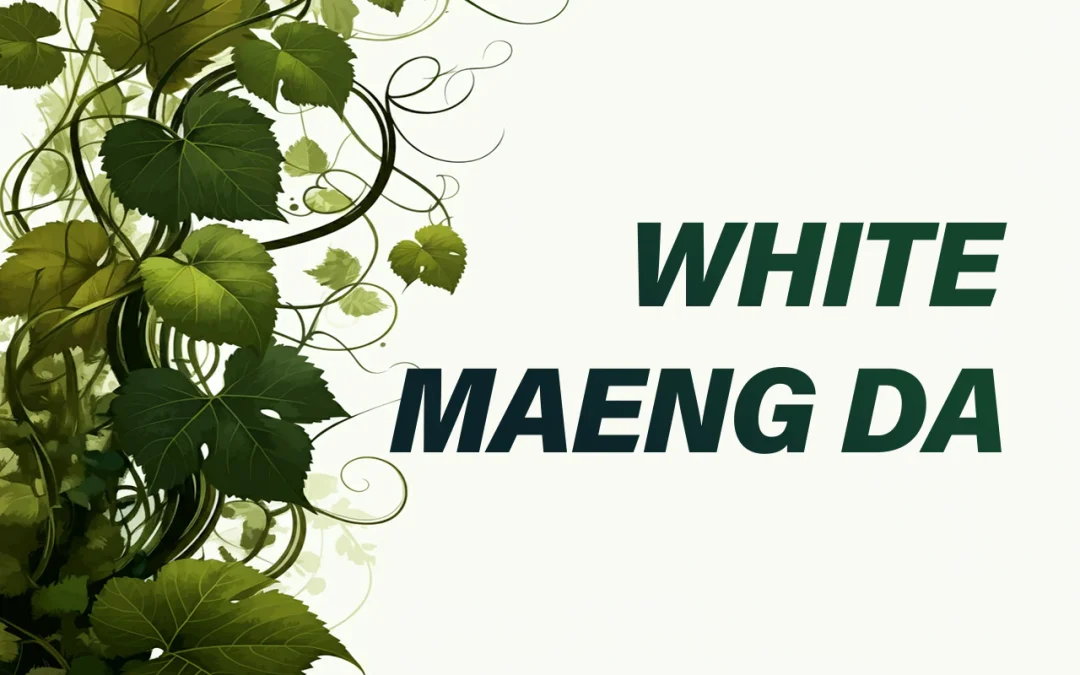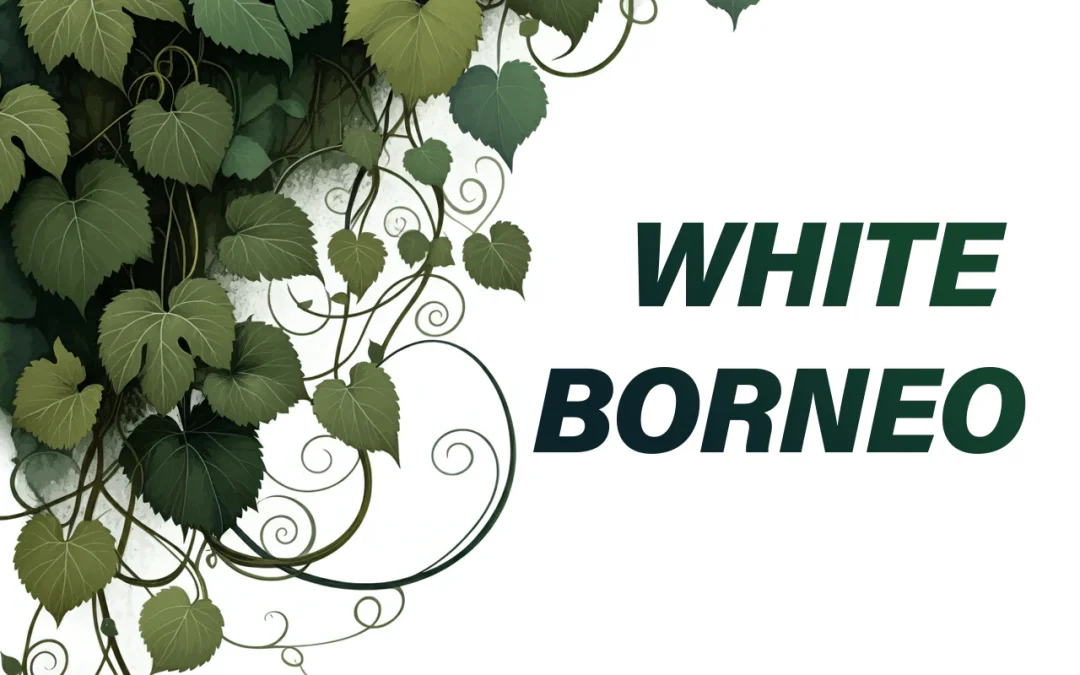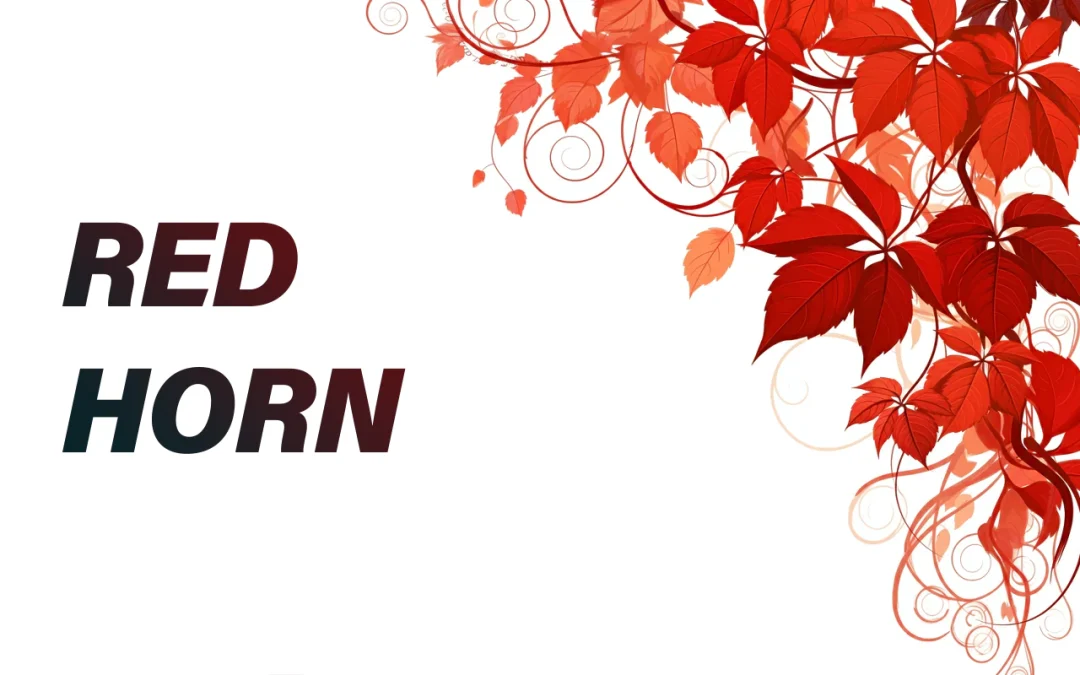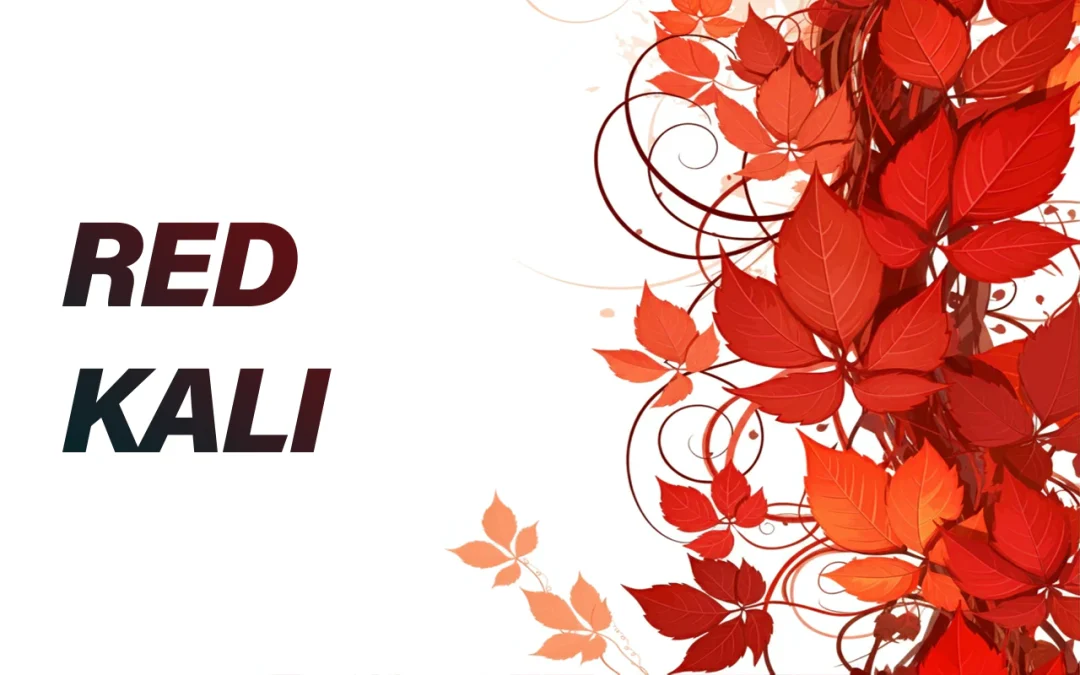Kratom Guide and Resources
Explore comprehensive articles, detailed resources, and expert insights to make informed choices.
Kratom History
Kratom, derived from the leaves of the Mitragyna speciosa tree, has a long and storied history rooted in Southeast Asian cultures. Native to countries like Thailand, Indonesia, Malaysia, and Papua New Guinea, the Kratom tree has been utilized for centuries for its versatile applications, often playing a significant role in traditional practices and cultural rituals.
Throughout this page, we will explore the historical context of Kratom, examining where it comes from, how it has been cultivated over the years, and the various ways it has impacted the communities that have used it. We’ll also delve into the modern era of Kratom, tracing its journey from a traditional botanical to its emergence in contemporary markets across the globe.
Discover the rich history of Kratom, its place in ancient cultures, and its evolving role in the modern world through our articles and resources.
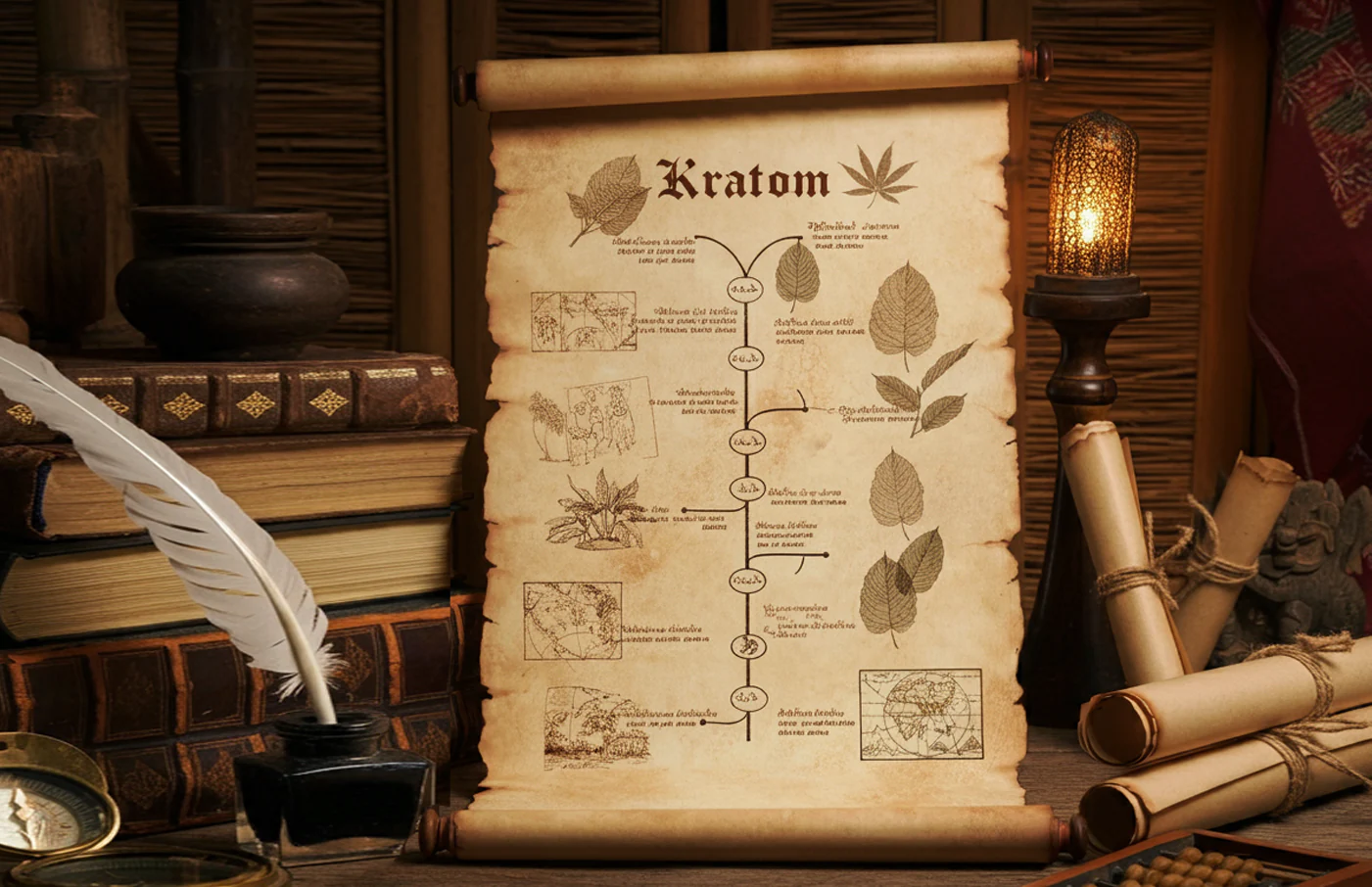
Origins of Kratom in Southeast Asia
Kratom has deep roots in Southeast Asia, where it thrives in the tropical climate and fertile soils of countries such as Thailand, Malaysia, Indonesia, and Myanmar. The Mitragyna speciosa tree, from which Kratom is harvested, has been cultivated for centuries in these regions, often revered for its diverse uses by local populations. Throughout the history of Southeast Asia, the tree became an integral part of the indigenous cultures, particularly in rural areas, where people used the leaves for various traditional applications.
Kratom grows best in the hot, humid environments of Southeast Asia, where it can be found both cultivated and growing wild in the dense jungles of Borneo, Sumatra, and other areas. The tree prefers nutrient-rich, well-drained soils and requires consistent rainfall to thrive. In places like Borneo, Kratom trees can grow to impressive heights, with mature trees sometimes reaching over 60 feet. These ideal conditions allow the plant to flourish in the wild, contributing to the diverse strains that are harvested based on the region’s unique environmental factors, including soil composition, altitude, and climate.
This rich history is reflected in the broad variety of Kratom strains that have emerged from different regions, each with its own distinct aromatic properties, depending on the local conditions and cultivation methods. Southeast Asia’s long-standing connection to Kratom forms the basis of the global trade today, as modern markets continue to seek out the premium Kratom that these areas naturally produce.
Indonesia: The Heart of Kratom
Among the countries of Southeast Asia, Indonesia stands out as a major hub for Kratom cultivation and export. With its vast rainforests and ideal growing conditions, Indonesia produces some of the most sought-after Kratom strains in the world. Regions like Borneo, Sumatra, and Jongkong are famous for their specific vein colors, which offer a unique aromatic profile depending on where and how they are harvested.
Indonesia’s role in the global Kratom industry is unparalleled, providing a steady supply of high-quality Kratom that has contributed to its rising popularity in countries such as the United States and Canada. In fact, many of the strains offered by True North Kratom, such as Red Borneo, Green Jongkong, and White Bali, originate from Indonesia, making it a central player in the Kratom trade.
For a comprehensive collection of articles about Kratom, from its origins in Southeast Asia. Click here to go to Kratom Origins.
Kratom’s Botanical Roots
Mitragyna Speciosa, commonly known as kratom, is a tropical evergreen tree that belongs to the coffee family (Rubiaceae). Native to Southeast Asia, particularly in countries like Indonesia, Thailand, Malaysia, and Myanmar, the kratom tree can grow up to 25 meters (82 feet) tall. Its leaves are glossy, dark green, and ovate, with a distinctive vein pattern that changes color based on the strain. Kratom also features yellow, globular flowers that grow in clusters at the end of its branches. One of the interesting facts about kratom is its close botanical relationship to the coffee plant. Like coffee, kratom contains alkaloids that are thought to influence energy and focus. The most notable alkaloids in kratom are mitragynine and 7-hydroxymitragynine, which contribute to its unique aromatic properties. These alkaloids are what make kratom a sought-after plant in both traditional practices and modern herbal applications. Kratom has been used traditionally in Southeast Asia for centuries. It is often compared to coffee for its reported energizing effects, though kratom is far more versatile, with different strains believed to produce a wide range of aromatic experiences. While coffee is primarily known for its stimulation, kratom’s different strains, such as Red, Green, White, and Gold, offer a variety of effects from calming and grounding to uplifting.Cultural Significance of Kratom
The cultural history of kratom is deeply rooted in Southeast Asia, particularly in countries like Thailand, Indonesia, Malaysia, and Papua New Guinea. For centuries, kratom leaves have been used by local populations, especially rural communities, as part of their daily lives. Traditionally, laborers and farmers working in fields would chew kratom leaves to help them endure long, physically demanding tasks under the hot sun. The leaves were believed to provide stamina and relieve physical discomfort, making kratom a staple in the lives of many working-class individuals.
Kratom’s use wasn’t limited to laborers. In local cultures, it also had social and ritualistic significance. It was often brewed into a tea for ceremonial purposes or shared among friends and families in village gatherings. The plant has a long-standing role in traditional medicine systems, where it was used to address various ailments.
Kratom’s Evolution In Tradition
While the exact origins of kratom’s use are difficult to pinpoint, historical records suggest that its use stretches back several hundred years, with some estimates placing it as far back as the early 19th century. In these regions, kratom remains a respected botanical, with its leaves integrated into both cultural practices and day-to-day activities.
Indonesia, being one of the major exporters of kratom today, continues to cultivate the plant on a large scale, with strains like Borneo, Jongkong, and Bali originating from the rich soils of the Indonesian archipelago. This deep historical and cultural connection to kratom makes it a central component of life for many Southeast Asian communities.






True North’s Kratom Guide: Kratom History
Our Kratom Guide’s section on Kratom History covers a variety of facts about hte remarkable plant: Delve into the rich history of Kratom, from its ancient roots in Southeast Asia to its evolving role in modern culture. Explore the traditions, cultivation, and scientific discoveries that have shaped this remarkable botanical over centuries.

The Historical Uses of Kratom in Traditional Medicine
For centuries, Kratom has been integral to the traditional medicine practices of Southeast Asia. This article explores how local healers in regions like Thailand and Indonesia have relied on Kratom for a range of ailments, from pain relief to boosting stamina.

The Colonial Era and Kratom Trade
During the colonial era, the Kratom trade underwent a transformation as European traders encountered the plant in Southeast Asia. This article delves into how colonialism shaped the cultivation and export of Kratom, introducing it to broader markets.
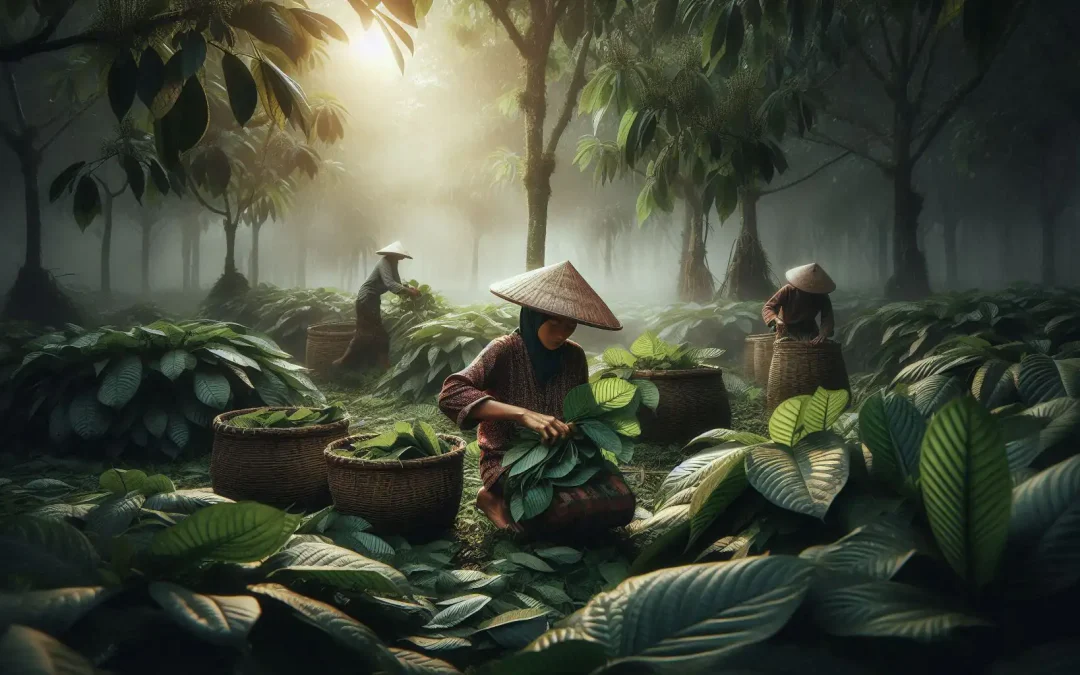
Kratom Harvesting and Cultivation Techniques Through History
From hand-picking leaves in the dense jungles of Southeast Asia to the use of modern machinery, Kratom cultivation has evolved significantly over time. This article traces the traditional methods of harvesting Kratom and examines how advancements in technology have responded to increasing global demand while preserving the plant’s natural qualities.
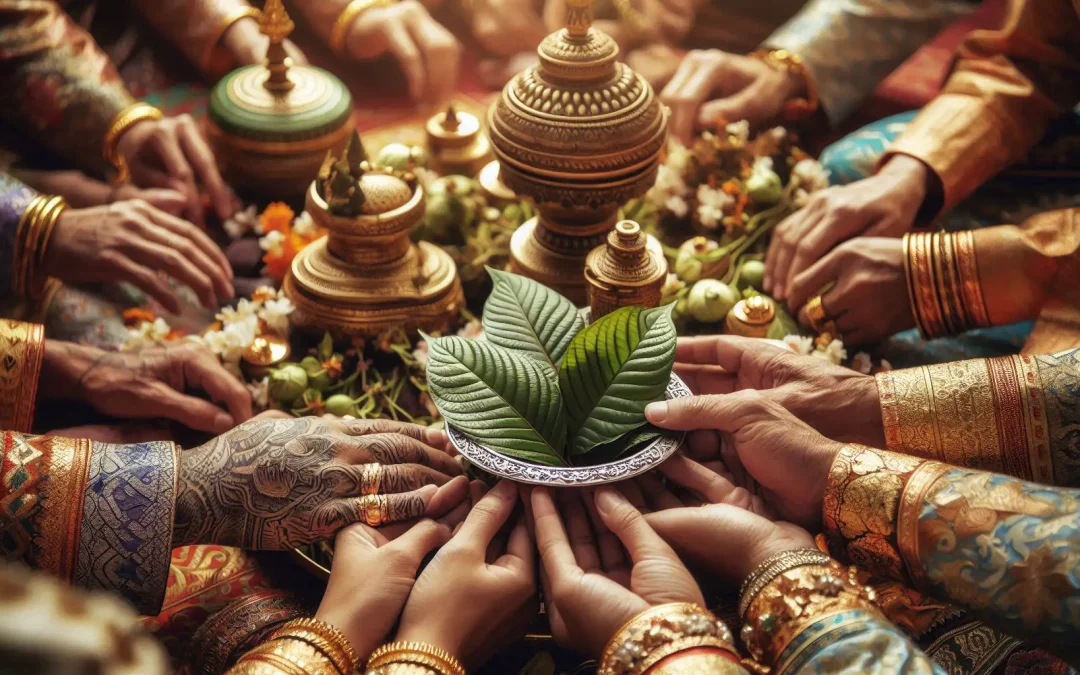
The Role of Kratom in Traditional Ceremonies and Rituals
This article highlights Kratom’s role in traditional ceremonies, from communal gatherings to sacred rituals. Discover how Kratom was often shared in social settings to foster unity and connection among communities
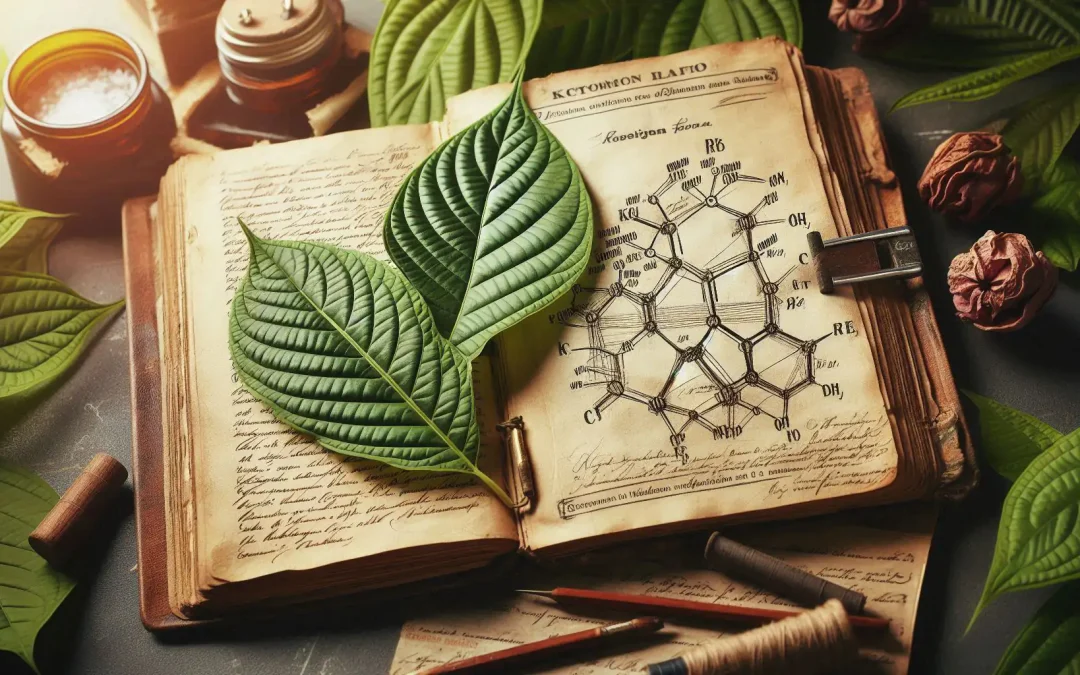
The Science Behind Kratom: Historical Discovery of Its Alkaloids
The scientific exploration of Kratom began in the 19th century, with researchers uncovering the plant’s key alkaloids, mitragynine and 7-hydroxymitragynine. This article examines the history of scientific discoveries surrounding Kratom.
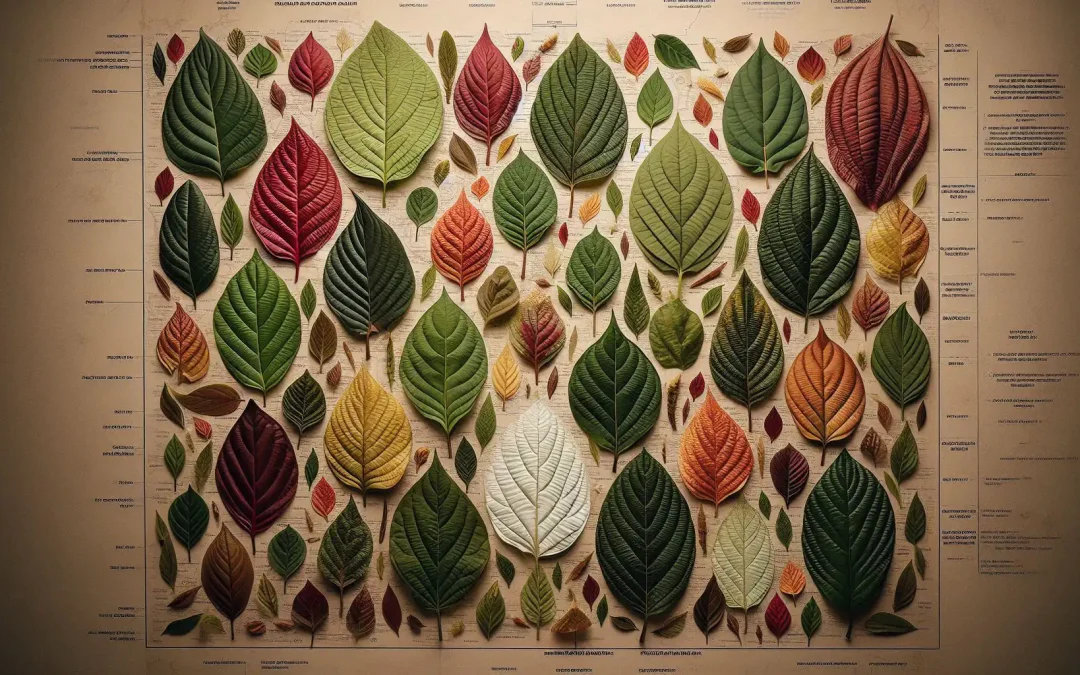
Kratom Strains and Their Historical Origins
Kratom’s diverse strains, such as Maeng Da, Borneo, and Bali, are closely linked to their geographical origins in Southeast Asia. This article provides a historical overview of Kratom strains, exploring how regional climates, soil conditions, and traditional cultivation practices have given rise to unique strains.
The Finest Kratom Strains in Canada
True North Kratom is proud to offer a premium selection of Kratom strains, each known for its unique aromatic properties. Whether you’re looking to revitalize your space with an invigorating scent or create a calm, serene atmosphere, our wide range of Kratom strains is sure to meet your aromatherapy needs.
No matter which strain you choose—be it Green, Red, White, or Gold Vein Kratom—selecting a trusted supplier is key. At True North Kratom, we hold ourselves to the highest standards, ensuring that all our products undergo rigorous third-party testing for purity and quality. We follow the guidelines and Standards set out by the American Kratom Association (AKA) and implement best practices in our sourcing and production processes to deliver consistently superior products with every batch.
With our carefully sourced and lab-tested Kratom, you can be confident that you’re receiving the best Kratom available in Canada. If you have any questions or need assistance selecting the perfect strain for your aromatherapy, our knowledgeable team is here to help. Reach out via email, phone, or chat—we’re committed to providing you with exceptional service and the finest Kratom strains on the market.
True North’s Kratom Strains
Gold Borneo
From the careful cultivation of Kratom trees in countries like Indonesia, Thailand, and Malaysia, to the drying and curing techniques
White Malay
From the careful cultivation of Kratom trees in countries like Indonesia, Thailand, and Malaysia, to the drying and curing techniques
White Kapuas
From the careful cultivation of Kratom trees in countries like Indonesia, Thailand, and Malaysia, to the drying and curing techniques
White Jongkong
From the careful cultivation of Kratom trees in countries like Indonesia, Thailand, and Malaysia, to the drying and curing techniques
White Maeng Da
From the careful cultivation of Kratom trees in countries like Indonesia, Thailand, and Malaysia, to the drying and curing techniques
White Borneo
From the careful cultivation of Kratom trees in countries like Indonesia, Thailand, and Malaysia, to the drying and curing techniques
Red Jongkong
From the careful cultivation of Kratom trees in countries like Indonesia, Thailand, and Malaysia, to the drying and curing techniques

